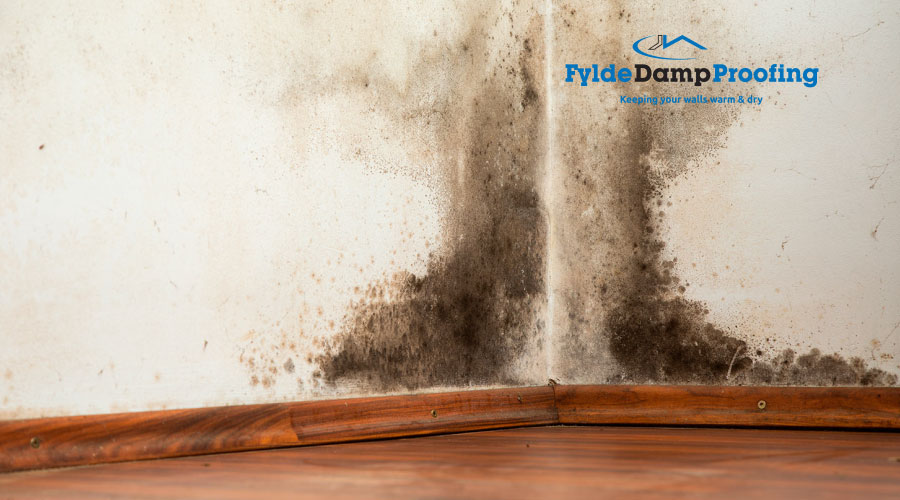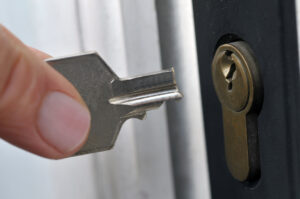Condensation In Your Home – How To Deal With The Problems
When water vapour condenses from the air, it is the most prevalent cause of dampness in buildings.
A high relative humidity level in the air of a building is possible because of the actions of its occupants (e.g. cooking, drying clothes, breathing etc.). When moist air comes into touch with cold surfaces, such as windows or icy walls, it condenses. The temperature at which airborne water vapour condenses into liquid is the dew point.
Condensation is associated with inadequate heating and ventilation in buildings. It is most evident in the winter when the outside air temperature is low, and the exterior walls and windows are frosty. As an example, consider the following:
The structure is being invaded by frigid air.
The air is warmed to ensure the comfort of the passengers.
Moisture is absorbed by warm air.
When warm, wet air comes into touch with cold surfaces such as walls, windows, and so on, it is cooled below its Dew Point.
Condensation occurs as a result of excess moisture being released.
Condensation is common in kitchens and bathrooms (where ambient moisture levels are often the highest), solid external walls, uninsulated solid floors, and cold bridges such as concrete lintels installed in cavity walls.
Intermittent heating and cooling can aggravate condensation problems by enabling hot, damp air to cool and lose its ability to store water. Condensation can form when dew points are low. Water is reintroduced into the air during reheating, only to be deposited once the air temperature drops.
Condensation-related problems
The most obvious sign of condensation is running water on windows or walls. If this is ignored, it can deteriorate the property’s decorative status, soiled curtains, and deteriorating window frames—the appearance of mould on the surface of wallpapers and paintings in poorly ventilated areas. Condensation under suspended floors can dramatically raise the chance of fungal rot in floor timbers.
Rather than on the surface of the wall, the Dew Point is attained inside a building. this is a much less typical type of condensation. This is known as interstitial condensation, and it is often confused with rising damp or penetrating damp.
Elimination of Condensation
Condensation is a significant problem, and if it persists, a specialised surveyor should be engaged to determine the source of the problem and offer advice or solutions. We’ve given a handful of the possible solutions to the problem below.
Air heating is not a viable alternative, both monetarily and practically. Unless cold surfaces are avoided, and appropriate background ventilation is given, condensation is almost unavoidable. As a result, any corrective action must include lowering moisture levels, providing adequate ventilation, and removing cold surfaces.
Improved heating and ventilation, along with targeted action against cold spots, will often result in a significant improvement in conditions; however, various measures may be required in some cases. A small but steady background heat source is favoured over intermittent heating because it helps ensure that the fabric of the construction is kept at a higher temperature.
The majority of the moisture-laden air may be removed from these spaces by installing adequate extractor fans in moisture-producing areas like the kitchen, bathroom, and en-suites.(which are most likely to encounter condensation) while incurring little operating expenses. This is a Building Regulations requirement for newly constructed properties, although it also applies to existing structures.
Extractor fans come in a broad variety of styles and sizes such as those that run continuously in the background or those with a humidistat that regulates the fan’s operation within certain humidity levels. Additionally, fans with integrated heat exchangers can be installed, providing excellent ventilation while minimising heat loss from the property. These fans must be specified and installed professionally by a sufficiently trained and qualified expert.
There will be some “natural” ventilation when there is an open fire or a fixed gas fire; this mustn’t be turned off.
The use of specialised insulation materials attached to the building’s exterior and cavity wall insulation will help improve the thermal dynamics of the building and may help overcome condensation.
Making Use of a Dehumidifier
To manage the quantity of moisture in the air, a dehumidifier can be used instead of heating and ventilation. This device draws in air, cools it to remove moisture from a reservoir, and then reheats it to a safe temperature before recirculating it.
The principal disadvantage of a dehumidifier is that the collection tank must be constantly emptied as it fills. Depending on the amount of dampness, this could be once a day or more. Furthermore, it is necessary to ensure that the dehumidifier is large enough and appropriately positioned to cover the entire house.
Positive-pressure ventilation systems
Positive input ventilation (PIV) systems have grown in popularity. In general, these machines pull dryer air from roof spaces or lofts and mix it with the air in the home. This is done at a meagre rate (less than half an air change per hour) and has the effect of reducing total moisture content and removing wet air from natural leakage.
The benefit of these devices is that they can control excess moisture throughout the house from a single location. They require very little maintenance or human intervention because they are ‘fit and forget,’ they require very little maintenance or human intervention. Only a tiny diffuser vent on the landing ceiling indicates the device’s presence. Other devices can also distribute cooler air during the warmer months or contain built-in heat exchangers in situations where a sufficient roof void is not accessible (in a flat, for instance).
Leaflet on Condensation
The Uk Property Care Association (PCA) has created a brochure to educate households about the causes of and remedies for condensation in the home.
To download a free copy of the leaflet, click here – PCA Condensation leaflet.
The post Condensation In Your Home – How To Deal With The Problems appeared first on https://gqcentral.co.uk



